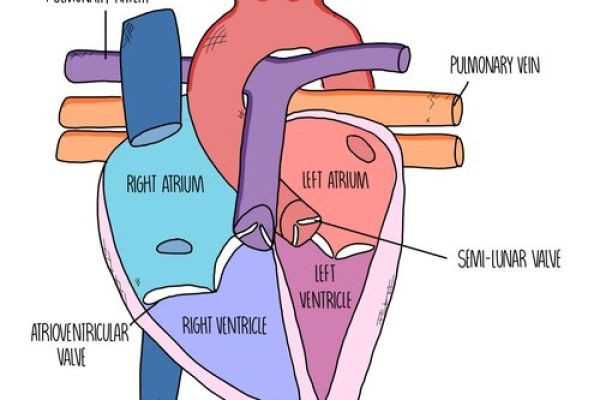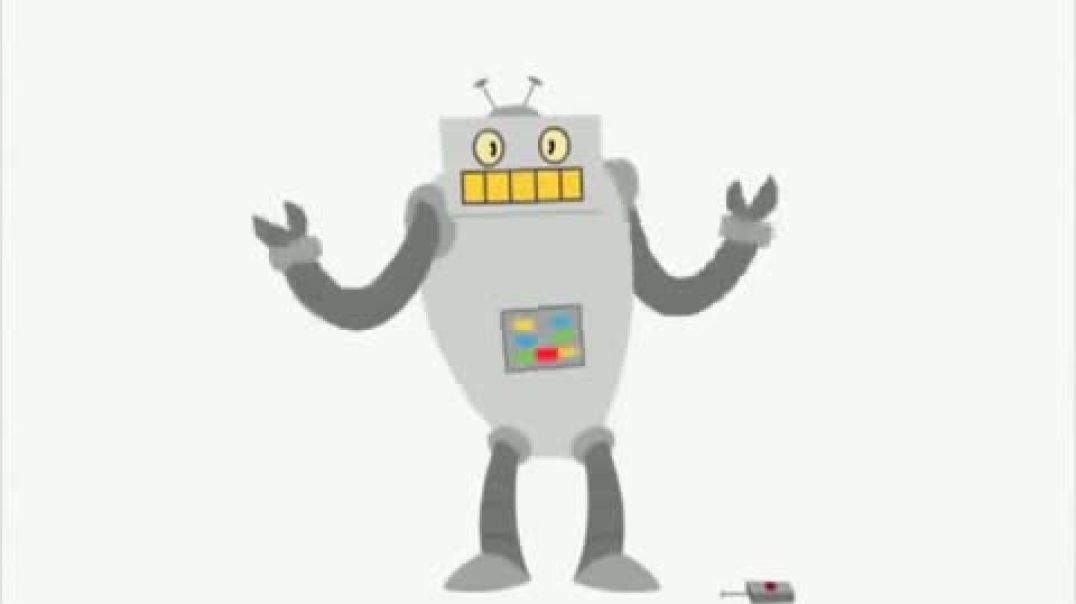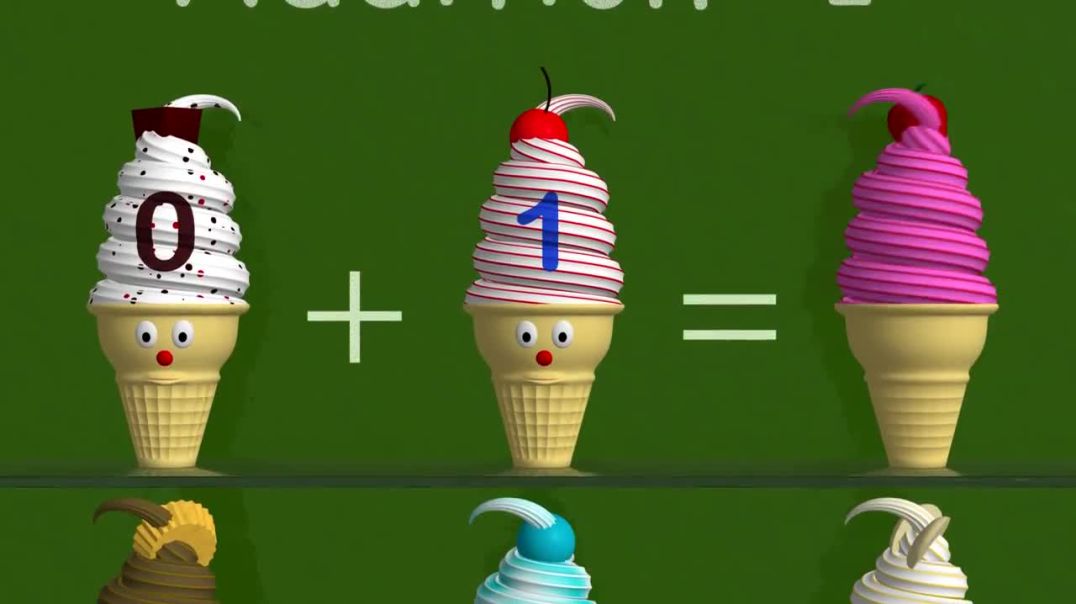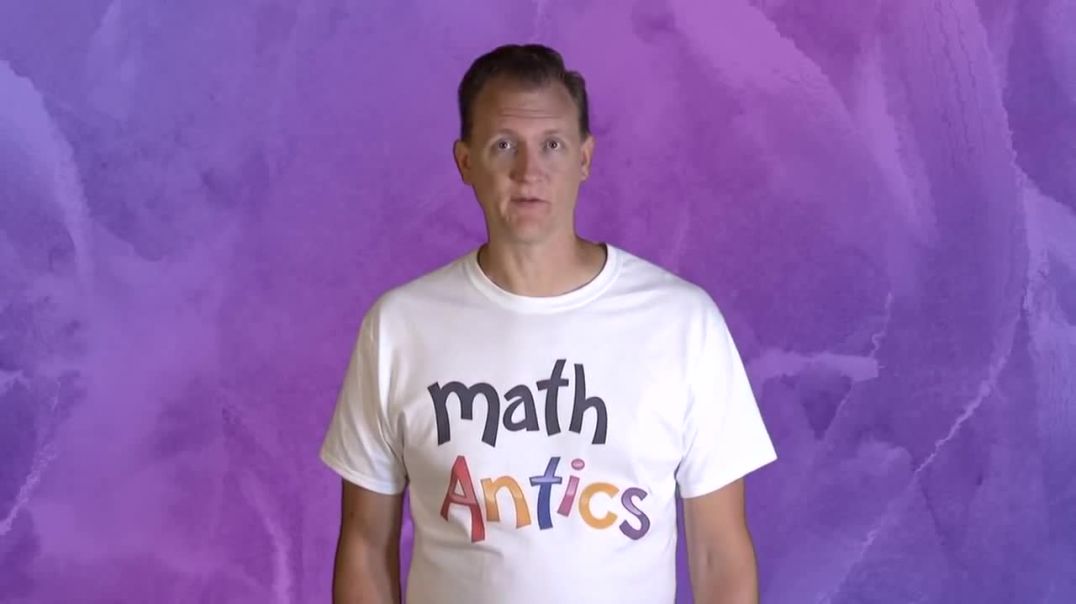All organisms need food, water and oxygen for the survival. They need to transport all these to different parts of the body.
Animals also need to transport all the wastes to the parts from where is can be removed.
Our circulatory system consists of the following:
- Heart
- Blood
- Lymph
- Blood Vessels
Heart and blood vessels function to transport substances and together from the circulatory system.
Features Of Heart
Blood consists of a fluid medium called plasma in which the cells are suspended.
Plasma transport food, carbon dioxide and other nitrogenous wastes that are suspended in our body.
Oxygen is transported through haemoglobin present in RBCs.
The main features of the heart include:
- Heart is the pumping organ that pushes blood around the body and there is a network of blood vessels that transports blood to all the tissues.
- Heart is a muscular organ.
- Its cells stop dividing therefore, heart cancer is extremely rare.
- Human heart has 4 chambers: 2 upper smaller atria and 2 lower larger ventricles.
- The right atrium receives 2 large veins: superior vena cava and inferior vena cava.
- Since ventricles have to pump the blood into various organs, they have thicker muscular walls as compared to atria.
- Values ensure that the blood does not flow backwards when the atira or ventricles contracts.
- The right atrium opens into the right ventricle through tricuspid valve.
- The left atrium opens into the left ventricle through bicuspid valve.
Systole and Diastole
- To pump out blood, the heart chambers undergo alternate contraction called systole and relaxation called diastole.
- The regular sequence of these systole and diastole causes the heart sound LUBB and DUBB. LUBB is produces by the closing of tricuspid and bicuspid valves while DUPP is produces by the closing of semi-lunar valves.
- Our heart-beat is myogenic in nature i.e. it is initiated by a patch of modified heart muscles itself without requiring an external stimulation. This patch is the sino-auricular node which is called Pacemaker.
- Normal heart-beat is 72 beats/minute.
Sphygmomanometer measures the Blood Pressure (BP). There are 2 limits of BP: Higher limit and lower limit.
- The higher limit is the systolic BP an the time of ventricular systole while lower limit is the diastolic BP at the time of ventricular diastole.
- Standard BP is 120/80 mm of Hg.
Circulation In Heart
The main functions of the heart in circulatory system includes:
- Oxygen and carbon dioxide have to be transported by the heart; therefore, it has different chambers to prevent the mixing of the oxygen-rich blood with the blood containing carbon dioxide.
- The carbon dioxide rich blood has to reach the lungs for the carbon-dioxide to be removed, and the oxygenated blood from the lungs has to be brought back to the heart.
- This oxygen rich blood is then transported to the whole body.
Step-wise explanation of the process is given below:
- Oxygen rich blood from the lungs come to the thin-walled upper chamber of the heart on the left, the left atrium. The left atrium relaxes when it is collecting this blood.
- While transferring the blood to the left ventricle from the left atrium, the left atrium contracts and the left ventricle relaxes.
- When the muscular left ventricle contracts in its turn, the blood is pumped out to the body.
- De-oxygenated blood comes from the body to the upper chamber on the right, the right atrium, as it relaxes.
- As the right atrium contracts, the corresponding lower chamber, the right ventricle, dilates.
- This transfers the blood to the right ventricle, which in turn pumps it to the lungs for oxygenation.
- Since the blood goes twice through the heart, it is called double circulation.
Animals With Different Chamber In Heart
- The separation of the right side and the left side of the heart is important to keep the oxygenated and de-oxygenated blood separated from each other and to avoid their inter-mixing.
- It maintains high energy requirements of the birds and mammals.
- Reptiles have 3-chambered heart. Their temperature changes according to the external environment. Some intermixing of the blood is allowed.
- Fishes have 2-chambered heart. The blood is pumped to the gills, is oxygenated there, and passes directly to the whole body.
Blood Vessels
- Arteries are the blood vessels which carry blood away from the heart to various organs of the body.
- Since the blood emerges from the heart under high pressure, the arteries have thick and elastic walls.
- Veins collect the blood from the different organs and bring it back to the heart. They do not need thick walls because the blood is not under high pressure.
- Veins have valves to ensure that the blood flows only in one direction.
- On reaching the organs, the arteries are divided into smaller and smaller vessels to bring the blood into contact with all the individual cells.
- Capillaries are the smallest vessels that have walls one-cell thick. Exchange of material between the blood and the surrounding cells takes place through thin wall.
- Capillaries then join together to form veins that convey the blood away from the organs.
Blood Clotting by Platelets
- In case of any leakage in these blood vessels, the platelets circulating in the blood plug these holes by helping to clot the blood at the point of injury.
- People with deficiency of vitamin K suffer from delayed clotting of blood by platelets.
Lymph
- It is also called as tissue fluid.
- It is similar to the plasma but colourless and contains less protein.
- Lymph drains into lymphatic capillaries from the intercellular space which join to form large lymph vessels that finally open into large veins.
- Lymph carries digested and absorbed fat from intestine and drains excess fluid from extra cellular space back to the blood.







